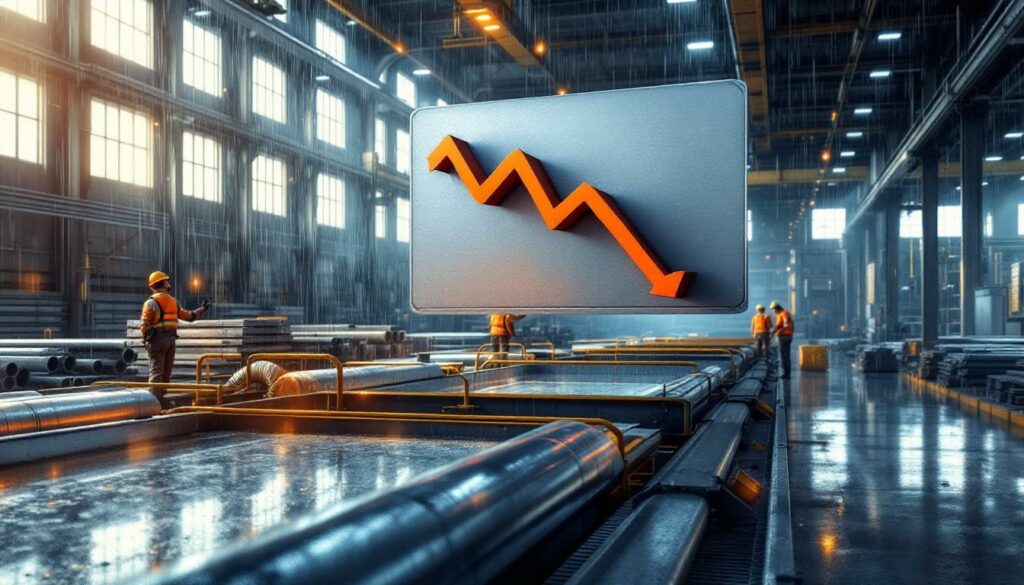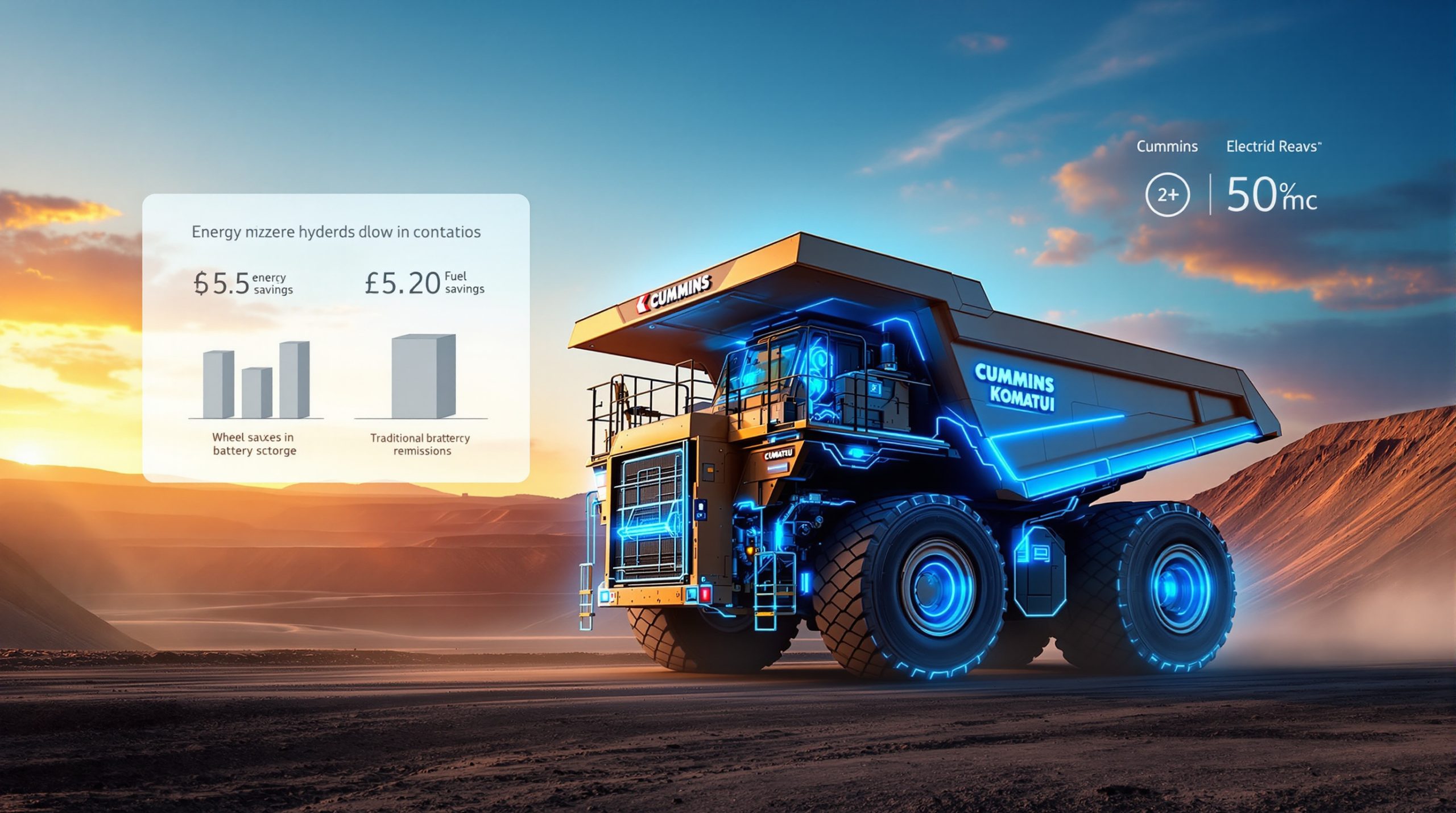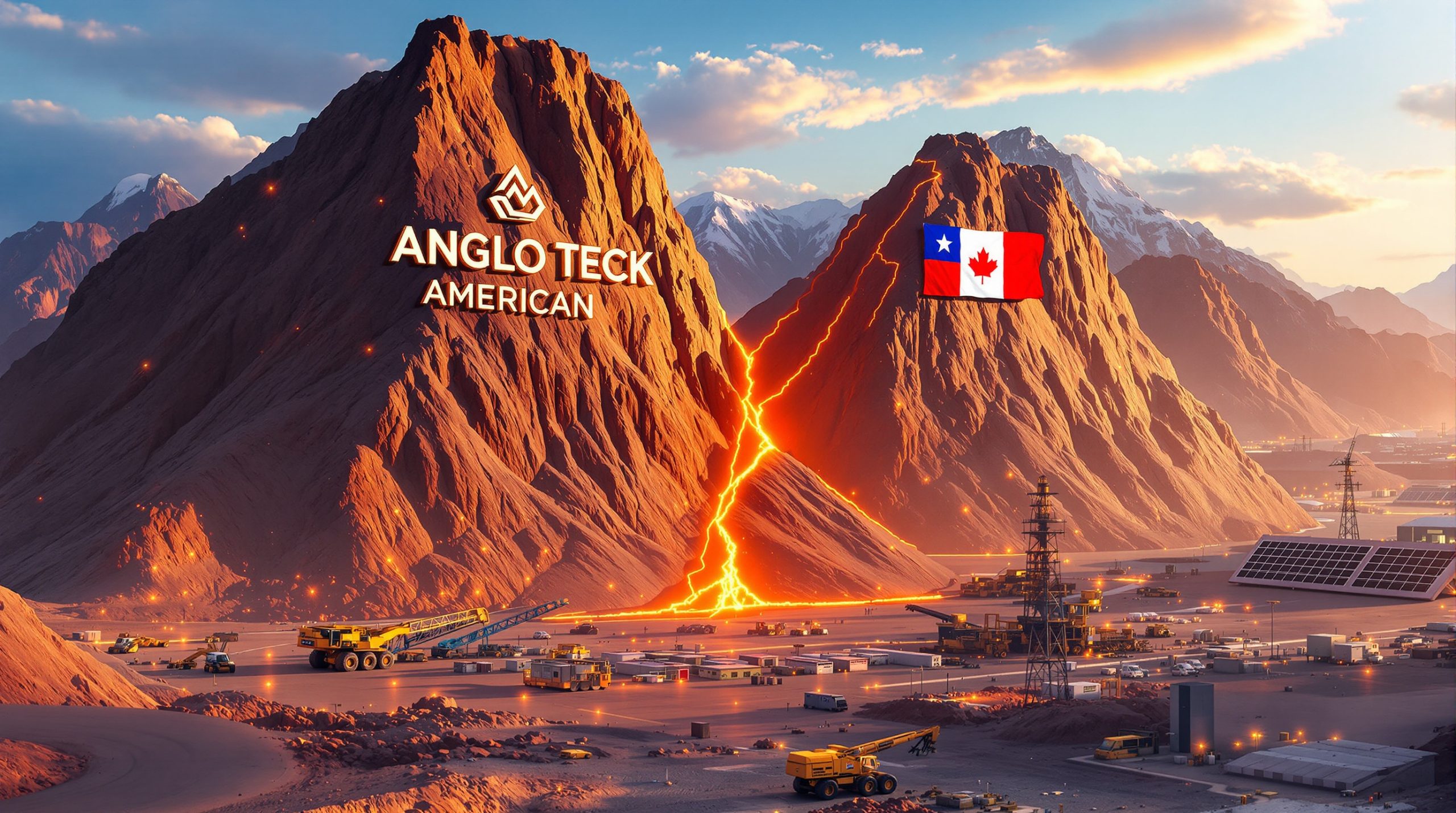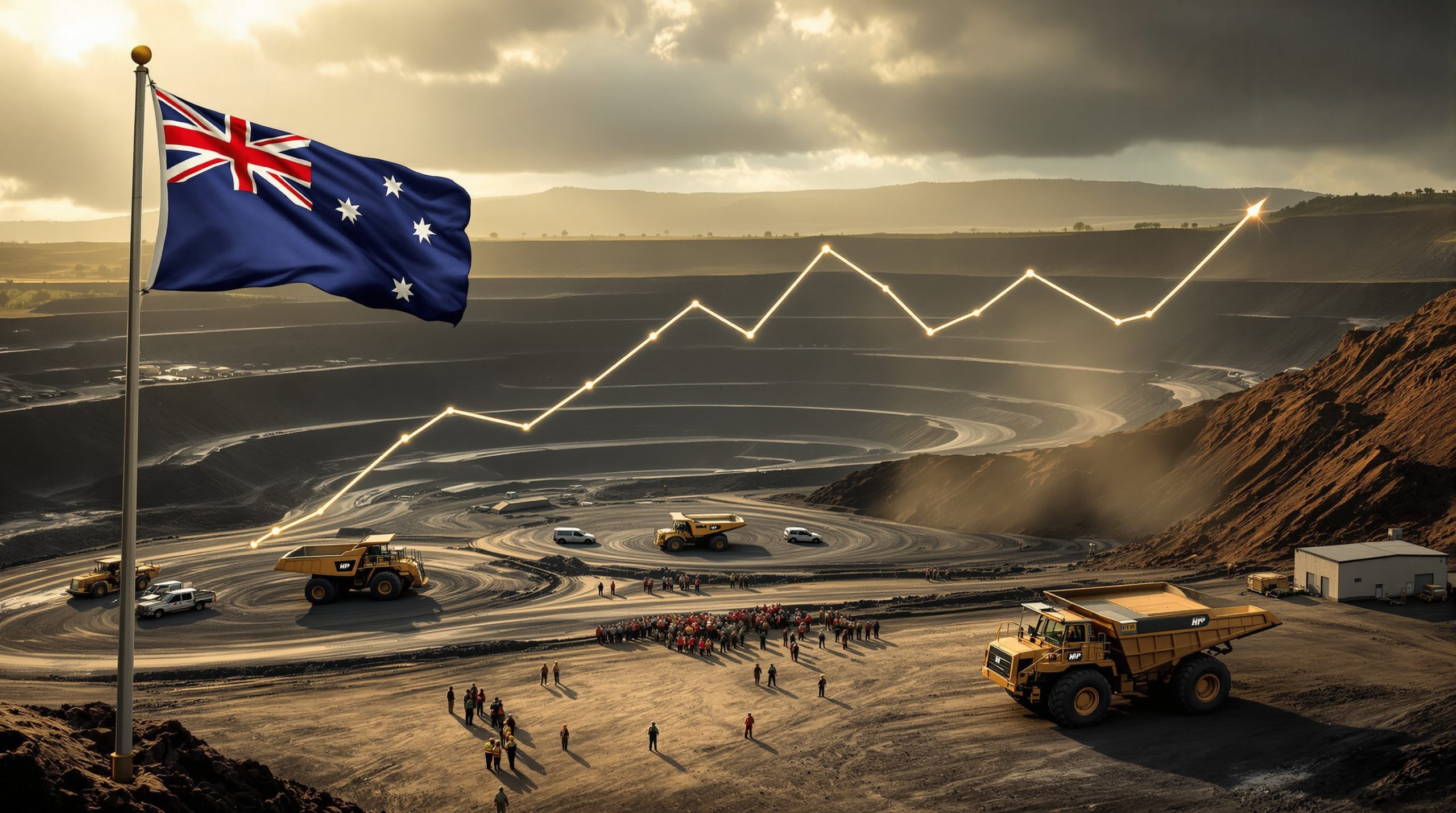Galvanizing Market Faces Operating Rate Decline Amid Weakening Demand
The galvanizing sector is experiencing a significant downturn as of June 2025, with operating rates dropping to 56.21%, marking a 2.39 percentage point decline compared to the previous week. Industry analysts at Shanghai Metal Market (SMM) attribute this contraction to a combination of fluctuating raw material prices, seasonal weather disruptions, and persistently weak downstream demand across multiple sectors.
"The current operating rate reflects one of the more challenging periods for galvanizers in recent quarters," notes SMM's weekly market report. "We're seeing the effects of both macro-economic pressures and seasonal factors converging simultaneously."
Key Operating Rate Statistics
- Current operating rate: 56.21% (as of June 27, 2025)
- Weekly decline: 2.39 percentage points week-over-week
- Monthly trend: Fourth consecutive week of declining utilization
- Projected next week rate: approximately 55.86%
This operating rate represents significant underutilization of production capacity across China's galvanizing sector, with manufacturers increasingly implementing scheduled maintenance and temporary closures to manage inventory levels.
Why Are Zinc Prices Rising Despite Weakening Demand?
In a counterintuitive market development, zinc production trends have been moving upward throughout the week despite clear signals of weakening demand from end-users. This price-demand disconnect has created challenging market conditions for galvanizers caught between rising input costs and declining sales volumes.
Market Contradictions in the Zinc Sector
The zinc market is currently displaying several unusual characteristics:
- Zinc prices have climbed steadily over the past three weeks
- Current price levels have reached thresholds considered unacceptable by most downstream buyers
- Traditional buying patterns have been disrupted, with purchasing decisions becoming increasingly tactical
- Long-term contract fulfillment remains one of the few consistent demand drivers
SMM analysts report that downstream manufacturers have significantly altered their procurement strategies, with many switching to just-in-time inventory management rather than building stockpiles at current price points.
Impact on Raw Material Inventory
One of the most puzzling aspects of the current market is the behavior of zinc ingot inventories:
- Zinc ingot inventories are decreasing despite rising prices
- This contradicts typical market behavior where rising prices usually trigger inventory builds
- Buyers are demonstrating unprecedented resistance to restocking at current price levels
- Nearly 68% of surveyed galvanizers report postponing non-essential zinc purchases
"The simultaneous decrease in zinc inventories alongside rising prices represents an unusual market dynamic," notes SMM's metals division. "This suggests fundamental supply constraints may be outweighing demand weakness in determining price direction."
What Factors Are Driving the Production Slowdown?
The current operating rate decline can be attributed to multiple interconnected factors affecting both supply chains and end-user demand across China's galvanizing sector.
Ferrous Metal Market Conditions
The base metal inputs for galvanizing operations have experienced their own market challenges:
- Prices for ferrous metals have maintained a fluctuating pattern without clear direction
- The absence of significant price movements has reduced trader confidence in forward positions
- Restocking activities have diminished substantially across the supply chain
- Order volumes for galvanized pipes remain persistently low
- Steel mills report difficulty forecasting near-term iron ore trends
This uncertainty in the ferrous metals market has created a cautious procurement environment, with buyers hesitant to commit to large orders without clearer price signals.
Regional Weather Impacts
Weather conditions are playing a significant role in suppressing construction activity:
- South China has entered its annual rainy season, with precipitation levels 15% above seasonal averages
- High temperatures exceeding 35°C (95°F) are compounding weather-related challenges
- Construction activities have been curtailed across multiple provinces
- Installation of galvanized infrastructure components has been delayed
- Combined environmental factors are suppressing downstream demand
The weather-related slowdown is particularly impacting outdoor construction projects that typically require significant quantities of galvanized materials, from structural components to fasteners and ancillary systems.
How Are Galvanized Pipe Manufacturers Responding?
Faced with challenging market conditions, galvanized pipe manufacturers are implementing various strategies to navigate the current environment.
Production Adjustments and Inventory Challenges
Manufacturers are actively managing their operations to control inventory levels:
- Production cuts: Many facilities have reduced daily output by 15-30%
- Maintenance scheduling: Non-essential maintenance has been accelerated to justify temporary shutdowns
- Shift reductions: Some plants have eliminated weekend shifts or reduced daily operating hours
- Product mix optimization: Focus on higher-margin specialty products over commodity offerings
- Just-in-time manufacturing: Transition to made-to-order production for standard products
Despite these efforts, market conditions remain challenging:
- Sales performance continues to underperform expectations
- Finished product inventories are experiencing slight buildup despite production cuts
- The supply-demand imbalance is becoming increasingly pronounced
- Price discounting is becoming more common to move inventory
"Galvanized pipe factories have reduced production to lower inventory, but sales remain poor," reports SMM. "This has led to a slight inventory buildup of finished products despite deliberate production cutbacks."
What's Happening in the Structural Components Sector?
The galvanized structural components segment, which includes everything from transmission towers to building frameworks, is experiencing its own set of challenges.
Seasonal and Export Market Pressures
Multiple factors are creating headwinds for structural component manufacturers:
- Traditional off-season demand weakness is particularly pronounced this year
- Export orders have shown significant decline (estimated at 22% year-over-year)
- International competition has intensified, particularly from Southeast Asian producers
- Domestic infrastructure spending has not accelerated as anticipated
- Material cost increases have compressed margins on fixed-price contracts
The tender process for new projects also shows concerning trends:
- Steel tower order tenders continue but with diminished momentum
- Drawing issuance for new tender orders is proceeding at approximately half the normal pace
- Technical approval processes are experiencing delays throughout the supply chain
- End-users are requesting reduced quantities compared to initial specifications
- Project timelines are being extended, spreading demand over longer periods
This combination of factors has created significant challenges for galvanized structural component manufacturers, who typically require longer lead times and higher capital investment than other galvanizing subsectors.
What's the Outlook for the Galvanizing Industry?
Based on current market conditions and forward indicators, the galvanizing industry faces continued challenges in the near term, with potential recovery dependent on several key factors.
Short-Term Market Projections
The immediate outlook suggests ongoing pressure:
- Operating rates expected to continue declining through early July
- Next week's projected operating rate: approximately 55.86%
- Continued pressure on manufacturers to balance production and inventory
- Persistent challenges in stimulating downstream demand
- Zinc prices likely to remain elevated despite weak consumption
SMM forecasts that galvanizing operations will likely reach their lowest point in mid-July before potentially stabilizing as weather conditions improve and construction activities resume in key regions.
Factors to Monitor
Several key indicators will determine the pace and timing of market recovery:
- Weather patterns: Conclusion of the rainy season will be a critical turning point
- Zinc price trajectories: Any retreat from current levels could stimulate restocking
- Construction sector activity: Infrastructure project acceleration would provide immediate relief
- Export market signals: Recovery in international orders would boost structural component demand
- Tender issuance rates: Acceleration in project approvals would improve the medium-term outlook
"The combination of seasonal factors and macroeconomic headwinds suggests recovery may be gradual rather than immediate," cautions SMM's analysis team. "Manufacturers should prepare for continued operational adjustments through the summer months."
Industry Adaptation Strategies
Galvanizers employing strategic approaches to navigate current market conditions are focusing on several key areas:
Supply-Side Management Techniques
Successful operators are implementing tactical production adjustments:
- Flexible scheduling: Implementing rolling shutdowns to maintain workforce while reducing output
- Energy optimization strategies: Scheduling production during lower-cost electricity periods
- Maintenance prioritization: Using slowdowns to address deferred maintenance issues
- Inventory segmentation: Maintaining critical components while reducing commodity stocks
- Supplier negotiations: Seeking flexible delivery terms for raw materials
Demand Stimulation Approaches
Forward-thinking companies are exploring market development strategies:
- Product diversification: Expanding into specialized high-margin galvanized offerings
- Export market development: Identifying international opportunities despite overall export decline
- Value-added services: Offering technical consulting, installation support, and maintenance programs
- Contract restructuring: Implementing raw material price adjustment clauses in new contracts
- Partnership development: Creating strategic alliances with key customers to ensure consistent orders
Market Analysis: Understanding the Demand Decline
The current operating rate decline represents more than just a temporary fluctuation. Industry evolution trends point to several underlying factors driving the persistent weakness in demand:
Structural Market Shifts
- Construction methodology changes: Increasing use of alternative materials in certain applications
- Project timeline extensions: Infrastructure development schedules stretching over longer periods
- Import competition: Increased availability of imported galvanized products in certain categories
- End-user specification changes: Revised standards affecting coating thickness requirements
- Regional development imbalances: Geographic shifts in construction activity
Economic and Policy Factors
- Credit availability: Tightening lending conditions affecting construction project financing
- Property market conditions: Slowing residential development impacting building material demand
- Infrastructure spending patterns: Changes in government investment priorities
- Environmental compliance costs: Increasing operational expenses for galvanizers
- Energy price volatility: Affecting production cost structures and competitiveness
According to a recent galvanizing sector analysis, similar trends are emerging globally, with hot-dip galvanized plain sheet prices falling in both US and German markets amid weak demand patterns.
Conclusion: Navigating Market Challenges
As demand continues to weaken and galvanizing operation rates decline, industry participants face a challenging environment that requires both tactical responses and strategic planning. The current 56.21% operating rate represents significant unused capacity that will only be reabsorbed when downstream demand recovers.
In the near term, manufacturers must focus on operational efficiency, inventory management, and cash flow optimization. The projected further decline to 55.86% next week suggests market conditions will remain challenging through the summer months.
However, the conclusion of the rainy season, potential stabilization in zinc prices, and the eventual resumption of construction activities provide a framework for recovery later in the year. Companies that successfully navigate the current downturn while positioning for this recovery will emerge in a stronger competitive position.
The Australian Resources and Energy Quarterly notes that these challenges present potential investment opportunities insights for strategic investors who can capitalize on market consolidation during this period of industry adjustment.
Disclaimer: This analysis is based on current market conditions and projections from SMM as of June 27, 2025. Actual market developments may vary based on economic conditions, policy changes, and other factors. This content should not be considered as investment advice or a guarantee of future market performance.
Want to Identify the Next Major Mining Discovery Before the Market?
Discovery Alert's proprietary Discovery IQ model instantly notifies investors of significant ASX mineral discoveries, turning complex announcements into actionable investment opportunities before the broader market reacts. Explore why major mineral discoveries can lead to exceptional returns by visiting the Discovery Alert discoveries page and start your 30-day free trial today.




